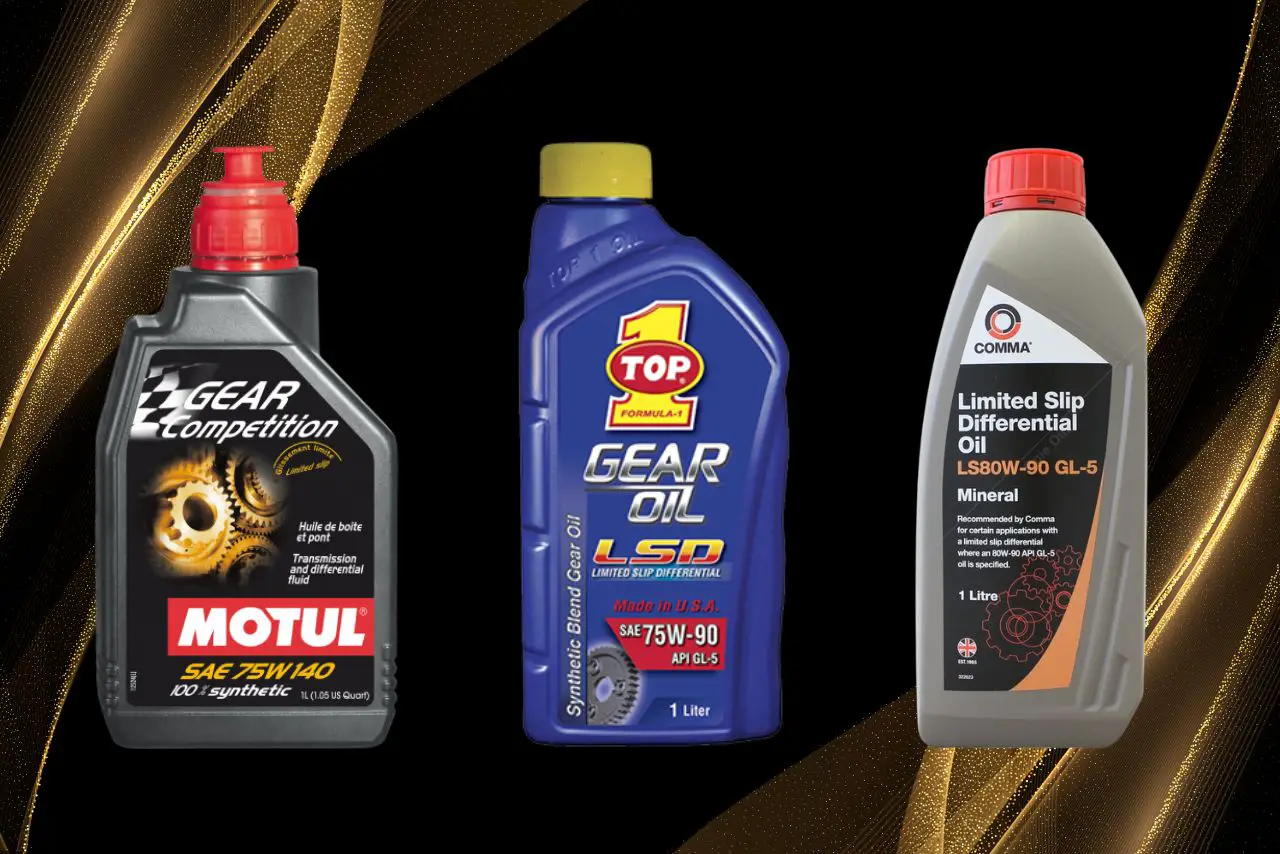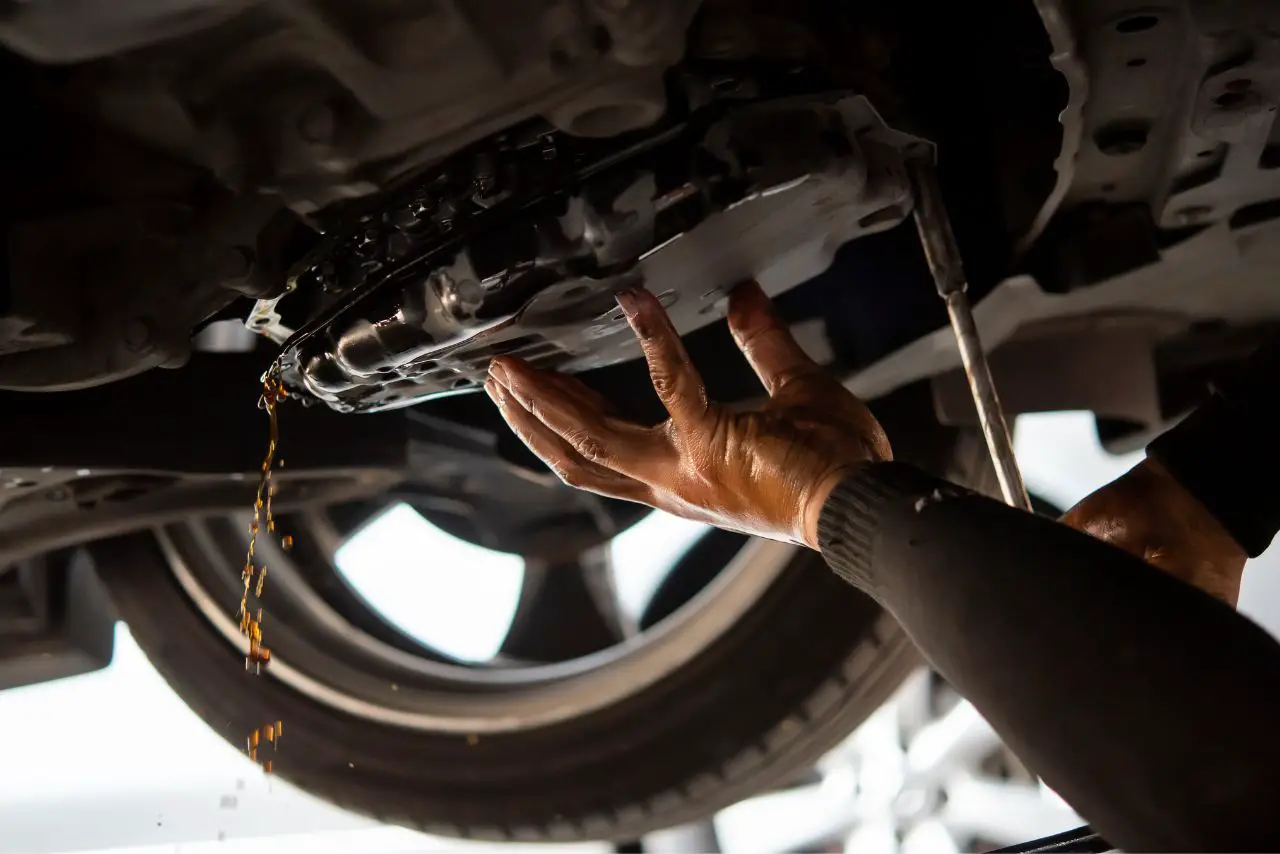Should You Use RTV On Water Pump Gasket? The utilization of RTV (room temperature vulcanizing) on a water pump gasket can be advantageous due to the material’s superior flexibility, adhesive characteristics and resistance to environmental elements.
RTV is a type of silicone rubber that is designed to cure at room temperature, making it an ideal choice for applications that require quick adhesion without the use of heat.
The use of RTV (room temperature vulcanizing) silicone sealant is a common practice when installing a water pump gasket. It can be an effective way to ensure that the gasket won’t leak, but there are pros and cons to this method.
First, it’s important to understand what RTV is and how it works. RTV stands for “Room Temperature Vulcanizing” and refers to a type of silicone sealant that is commonly used in automotive applications.
RTV is designed to create a tight seal between two surfaces, filling in any gaps or imperfections to prevent leaks.
While a small amount of RTV can be used to fill in any gaps or imperfections, using too much can actually interfere with the gasket’s ability to do its job properly.
In this article, we’ll discuss the advantages and disadvantages of using RTV on water pump gaskets so you can make an informed decision about whether it’s right for your project.
What is RTV?
RTV stands for Room Temperature Vulcanizing, which is a type of silicone sealant commonly used in automotive applications. It is a flexible, rubber-like substance that can be used to fill gaps, seal leaks, and provide a reliable seal between two surfaces.
RTV is available in a variety of colors, including black, gray, and orange, and is typically sold in tubes or cartridges that can be applied with a caulking gun.
It is resistant to oil, water, and most chemicals, making it an ideal choice for sealing engine components and other automotive parts.
However, it is important to note that RTV should not be applied to the entire gasket. The gasket must be installed in a clean and dry condition.
RTV must only be applied to the corners of the gasket and/or stepped casting areas with gaps. By applying a small amount of RTV, these gaps can be filled, ensuring a leak-free assembly.
More: Can I Drive with a Bad Fuel Injector?
Why People Use RTV on Water Pump Gasket?
When it comes to sealing a water pump, some people choose to use RTV (Room Temperature Vulcanizing) on the gasket. The reasons for this can vary, but one of the most common is to ensure a leak-free seal.
RTV is a flexible and durable material that can fill in any gaps or imperfections in the gasket, creating a tight seal that prevents leaks.
Another reason people use RTV on water pump gaskets is to provide additional support and stability. In some cases, the gasket may not fit perfectly or may be slightly warped, which can cause leaks or other issues.
By applying RTV to the gasket, it can help to fill in any gaps or imperfections, providing additional support and stability to the seal.
It is also worth noting that some people simply prefer to use RTV on their water pump gaskets as a precautionary measure. While gaskets are designed to provide a tight seal, there is always a risk of leaks or other issues.
By using RTV, it can help to ensure that the seal is as tight and secure as possible, providing added peace of mind.
Why RTV Should Not Be Used on the Entire Gasket?
It is important to note that RTV (Room Temperature Vulcanizing) should not be applied to the entire gasket. The gasket must be installed in a clean and dry condition.
RTV must only be applied to the corners of the gasket and/or stepped casting areas with gaps. By applying a small amount of RTV, these gaps can be filled, ensuring a leak-free assembly.
Using RTV on the entire gasket can lead to over-application and squeeze-out, which can cause clogging of the cooling system, resulting in engine overheating.
Additionally, the excess RTV can break off and circulate through the engine, causing damage to other components.
Furthermore, RTV can degrade over time and lose its sealing properties, leading to leaks and potential engine damage.
By using RTV only on the necessary areas of the gasket, the risk of over-application and degradation is minimized, ensuring a reliable and long-lasting seal.
Must read Why Does My Car Smell Like Weed?
What To Do Instead Of Using RTV On The Entire Gasket?
While RTV can be a useful tool for filling gaps and ensuring a leak-free assembly, it should not be applied to the entire gasket. Doing so can cause the gasket to slip out of place during installation, resulting in leaks and other issues.
Instead of relying solely on RTV, there are a few steps you can take to ensure a proper seal:
- Ensure that the gasket and mating surfaces are clean and dry before installation. Any oil or debris can interfere with the seal and cause leaks.
- Inspect the gasket for any signs of damage or wear. If the gasket is worn or torn, it should be replaced before installation.
- Apply a thin, even layer of high-quality gasket sealer to the corners of the gasket and any stepped casting areas with gaps. This will help fill any small gaps and ensure a tight seal.
- Carefully install the gasket, making sure it is properly aligned and seated in place. Avoid over-tightening the bolts, as this can cause the gasket to deform and compromise the seal.
By following these steps, you can ensure a proper seal without relying on RTV to do all the work. This will help prevent leaks and other issues down the line, ensuring that your water pump and engine stay in top condition.
Do I Need To Put Sealant On Water Pump Gasket?
It is not always necessary to use sealant on a water pump gasket. However, in certain cases, it may be recommended to ensure a leak-free assembly.
It is important to follow manufacturer guidelines and instructions to ensure the proper installation of the water pump.
What Kind Of Sealant Do You Use On A Water Pump Gasket?
The type of sealant used on a water pump gasket is (Thermostat RTV Silicone Gasket Sealant) but sometimes depends on the manufacturer’s recommendation. Some manufacturers may recommend using a specific type of sealant or gasket maker.
It is important to follow the manufacturer’s guidelines to ensure the proper installation of the water pump.
Can I Use Rtv On Water Pump?
In some cases, RTV (Room Temperature Vulcanizing) can be used on a water pump gasket. However, it is important to follow manufacturer guidelines and instructions to ensure the proper installation of the water pump.
RTV should only be used on the corners of the gasket and/or stepped casting areas that have a gap.
When Should You Not Use RTV Sealant?
RTV sealant should not be used as the sole sealing method for critical components such as water pump housing or timing cover. It is also not recommended to use RTV on a gasket that is designed to be installed without sealant.
Additionally, it is important to follow manufacturer guidelines and instructions to ensure the proper installation of the water pump.
Summary: Should You Use RTV On Water Pump Gasket?
Should You Use RTV On Water Pump Gasket? After careful consideration, it is clear that RTV should not be used on the entire water pump gasket. It is important to install the gasket in a clean and dry condition to ensure proper sealing.
RTV should only be applied to the corners of the gasket and/or stepped casting areas with gaps.
By following these guidelines, the gaps can be filled, and a leak-free assembly can be achieved. It is important to note that excessive use of RTV can cause leaks, and it is best to use it sparingly.
While some may argue that using RTV on the entire gasket provides additional sealing, it is not recommended by experts in the field.
By adhering to the proper installation procedures, the gasket will perform as intended, and the risk of leaks will be minimized.
FAQs
What are the advantages of using RTV on a water pump gasket?
RTV creates a waterproof seal that will prevent leaks and protect the gasket from corrosion. It also cures quickly, so it can be used as soon as it is applied.
Should I use RTV on a water pump gasket?
Yes, RTV is the best choice for sealing a water pump gasket.
How do I apply RTV to a water pump gasket?
Before applying the RTV, clean the area around the gasket with a cloth and rubbing alcohol.
Then, apply a bead of RTV to the gasket and spread it evenly with a plastic spreader. Allow the RTV to cure before installing the gasket.
How long does RTV take to cure?
RTV typically takes 24 hours to cure completely. However, it can be used as soon as it is applied.






Leave a Reply